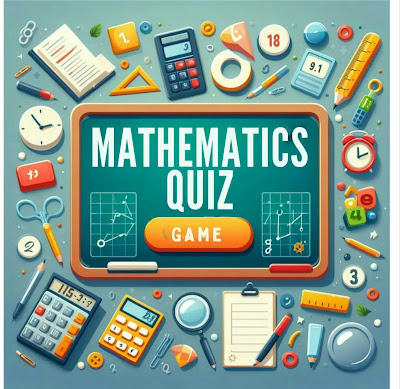Review Think mathematics 1A ( chapter 1- 4)
Mathematical Theories and Formulas
1. Highest Common Factor (HCF) and Lowest Common Multiple (LCM)
HCF: The greatest number that divides two or more numbers without a remainder. Use prime factorization and take the lowest power of all common prime factors.
LCM: The smallest number that is a multiple of two or more numbers. Use prime factorization and take the highest power of all prime factors.
2. Prime Factorization
Express numbers as products of their prime factors, e.g., \( n = 2^a \times 3^b \times 5^c \).
3. Arithmetic and Algebraic Operations
- Basic operations: addition, subtraction, multiplication, division.
- Simplify algebraic expressions using identities and operations.
4. Estimation Techniques
Round numbers to simplify calculations, e.g., estimating products and square roots.
5. Evaluating Expressions
- Substitute values into expressions and simplify.
- Use logical reasoning to find solutions.
6. Geometry and Measurement
Calculate areas and volumes, e.g., area of a rectangle is \( \text{length} \times \text{width} \).
7. Financial Calculations
Calculate total costs, e.g., finding the cost of multiple items in dollars.
8. Temperature and Change
Calculate changes in temperature over time, e.g., overall change from midnight to 6 p.m.
9. Problem-Solving Strategies
- Identify the problem and relevant information.
- Apply appropriate mathematical techniques to solve.
10. Simplification and Factorization
Simplify expressions and factorize algebraic equations, e.g., using common factors and identities.
11. Fractions and Decimals
Perform operations with fractions and decimals, including simplification and conversion.
Practice
-
List
(a) the composite numbers,
(b) the perfect cubes.1, 2, 16, 33, 49, 511, 1000
-
(a) Calculate $$\frac{(-14.8)^{2}}{23.56 \times 0.979}$$.
Write down the first five digits on your calculator display.(b) Write your answer to part (a) correct to 3 significant figures.
-
Without using a calculator, find the value of $$5-\frac{2}{3} \times \frac{7}{8} \div\left(-\frac{1}{2}\right)^{2}$$.
-
Expand and simplify $$5[5 x-2 y(4 x-3)+6 y]-10 x$$.
-
A straight line is drawn passing through the points $$(-3,0)$$ and $$(5,-4)$$.
Find the gradient of the line. -
(a) Factorise $$12 a b c-28 a b c x+36 a c x$$ completely.
(b) Without using a calculator, find the value of $$169 \times 1003-3 \times 169$$.
-
It is given that $$\frac{5 x+y}{7 x-3 y}=\frac{1}{2}$$.
Find the value of $$\frac{y}{x}$$. -
Solve $$\frac{3 x+7}{2}-1=\frac{2 x}{3}$$.
-
(a) Give two examples of irrational numbers.
(b) Express $$0 . \dot{3} \dot{9}$$ in the form $$\frac{a}{b}$$, where $$a$$ and $$b$$ are integers and $$b \neq 0$$.
-
A plot of land is used to grow flowers.
$$\frac{1}{5}$$ of the land is allocated for orchids.
After the orchids have been planted, $$\frac{2}{3}$$ of the remaining land is allocated for roses.
After orchids and roses have been planted, 0.75 of the remaining land is allocated for tulips.
What fraction of the plot of land is not occupied by the flowers?


